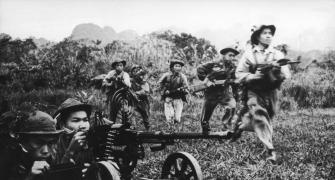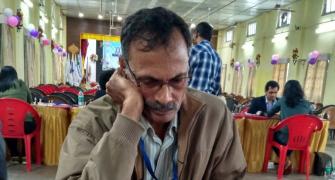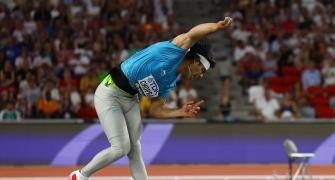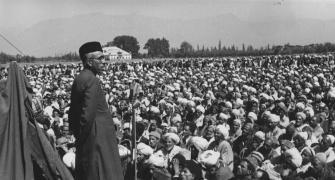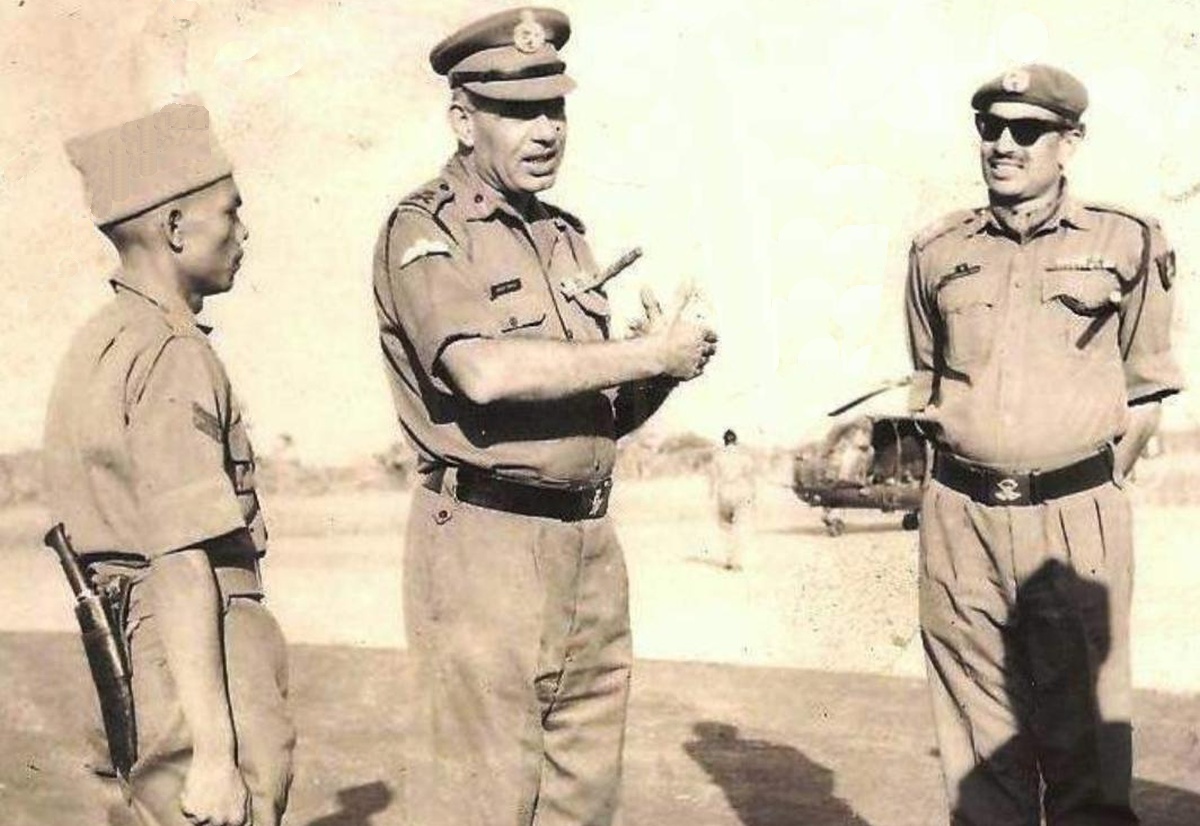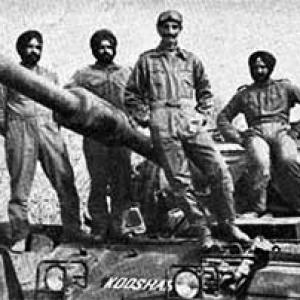My candidate for the best general of the last century hailed from a little, poor colonised Asian nation whose impact on world affairs rarely amounted to much, notes Shankar Acharya.

Among the large number of aficionados of military history, a favourite question is: Who was the best army general of the 20th century?
Usually, the focus is on the Second World War, since the first, exemplified by its ghastly record of static trench warfare, interspersed with suicidal break-out attempts, did not flatter generalship.
The names that crop up most often are Rommel, Guderian, von Manstein and von Rundstedt from the German army; Zhukov, Konev and Rokossovsky from the Red Army; and Bradley, Montgomery, Patton and Slim from the Anglo-Saxon allies.
In readily available rankings, the German generals are usually at the top, even though that nation inevitably lost the war once it was on the wrong side of the behemoths, America and the Soviet Union.
My candidate for the best general of the last century is different. He hailed from a little, poor colonised Asian nation whose impact on world affairs rarely amounted to much. I refer, of course, to Vo Nguyen Giap of Vietnam. Just look at his record and tell me why I am wrong.
Born in 1911, Giap had a reasonably good education and was a teacher and journalist until he joined Ho Chi Minh's liberation movement in 1941, the Viet Minh. In 1944, Ho entrusted Giap with establishing its military arm, which initially consisted of a ragtag band of 34 underfed young men armed with a light machine gun and a couple of dozen rifles, some ancient flintlocks.
Over decades, Giap built this military outfit into a formidable army.
By 1975, when the victorious North Vietnamese army and the guerrilla Viet Cong drove the last American marines from the rooftop of the US embassy in Saigon, the army numbered 800,000, well-supplied over the decades by Chinese and Soviet arms, mainly through Giap's extraordinary diplomatic and logistical skills and the tailwinds of prevailing geopolitics. (Initially, in 1945, several thousand were armed and trained by the OSS, the precursor organisation to the American CIA, to help the Allied campaign against the occupying Japanese forces!).
Giap remained in control of this army throughout the next 30 years, winning and losing battles, but succeeding in driving out, first, the French, in 1954, and then, their successor, Americans, in 1975, from Vietnam and Indo-China.
Though he remained defence minister for some more years, he gradually lost influence and retired, effectively, in 1991, living to a ripe old age of 102, at his death in a military hospital in Hanoi in 2013.
Giap's first great victory was, of course, Dien Bien Phu, the broad valley in north-west Vietnam, where the French commanding general Navarre had stationed about 15,000 of his best forces in autumn 1953, partly to interdict supplies from China to Vietnam and Laos. Surrounded by heavily-forested hills, the garrison had to be supplied by air, for which an airstrip had been built on the valley floor.
The French felt the hills provided them safety from the marauding Viet Minh forces, since they believed Giap did not possess field artillery and anyway heavy guns could not be transported up to the hilltops in the absence of roads. Giap proved them fatally wrong on both counts.
Using thousands of conscripted peasants, Giap had some 200 guns and howitzers dismantled and pulled to the top of the ridges through the dense jungle on reinforced bicycles, up hastily constructed tracks using back-breaking human labour. At the top, the guns were well dug in and camouflaged to protect them from French air attacks.
In March 1954, Giap's guns opened up a massive barrage on the valley floor and soon disabled the airstrip linking Navarre's forces to his supply bases. As Ho Chi Minh told an American correspondent then, pointing to his upturned solar pith helmet, 'You see, the French are at the bottom and we are around the rim; the French can't get out.'
The French forces surrendered on May 7, the day the Geneva conference on Indo-China began. France pulled out of Vietnam, but, at Geneva, the great powers connived to partition the country into North and South Vietnam, laying the basis for the 'Second Indo-China War' between 1960 and 1975.
The Americans, paranoiac about a spectre of 'falling dominoes' and Communism sweeping all Asia, funnelled in hundreds (then thousands) of initially military advisers, then regular armed forces, cumulating to over 500,000 men by 1968, to help the under-motivated South Vietnamese army fight the Viet Cong and the North Vietnamese army. They dropped more bombs on this little poor country than was dropped by Allied forces in all of WW2.
In January 1968, after infiltrating some 80,000-100,000 troops and cadres to strategic points in South Vietnam, Giap's forces launched the famous Tet offensive, attacking 40 provincial capitals and parts of Saigon, including the American embassy.
The battle was a huge tactical failure, costing Giap thousands of troops and Viet Cong cadres, without gaining any territory or sparking a mass peasant revolt.
But it turned out to be a strategic master-stroke, persuading the American public and many in government that, after four years of declared war and unrelenting bombardment, the North Vietnamese army and Viet Cong could still strike anywhere in South Vietnam.
In the US, public opinion turned decisively against the war and President Lyndon Johnson felt compelled to withdraw from the forthcoming presidential election. The new Nixon administration soon opened the Paris peace talks with North Vietnam.
Perhaps Giap's greatest contribution to the 'Second Indo-China War' was his oversight of the massive 20,000 kilometres of networked motorable roads and tracks through the jungle, dubbed the 'Ho Chi Minh Trail', running from North Vietnam into South Vietnam via Laos and Cambodia.
It was an incredible enterprise, built and maintained with modest amounts of machinery, under constant aerial bombing by the Americans as well as frequent helicopter and land attacks. It was this 'Trail' that maintained the steady flow of men and materials which supplied the North Vietnamese army and the Viet Cong in South Vietnam through their many campaigns of both attrition and offence. Without it, they could have never been victorious.
So, General Vo Nguyen Giap ended a century of French colonial rule at Dien Bien Phu in 1954 and then went on to prevail over the world's mightiest superpower in 1975 to unite independent Vietnam.
Which other 20th century general did more?
Shankar Acharya is honorary professor at ICRIER and former chief economic adviser to the Government of India. Views are personal.




